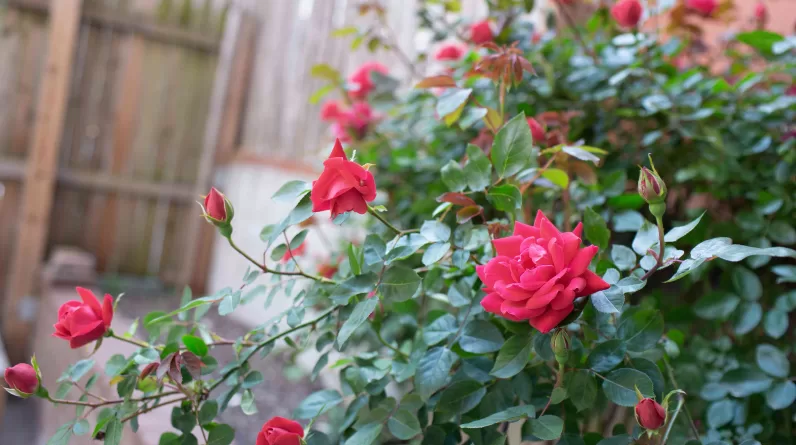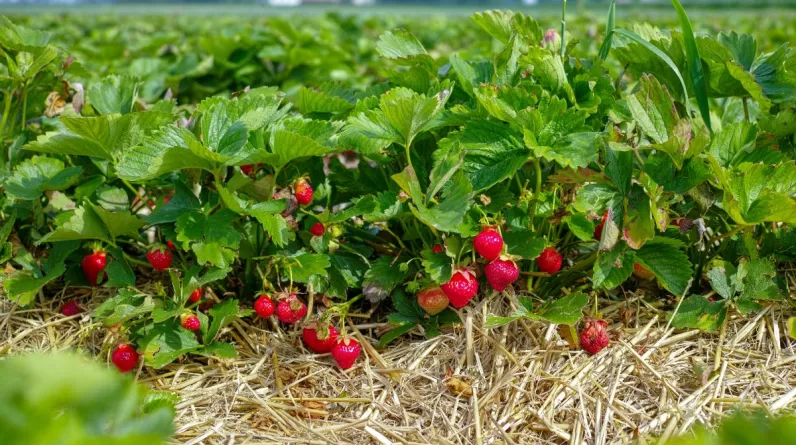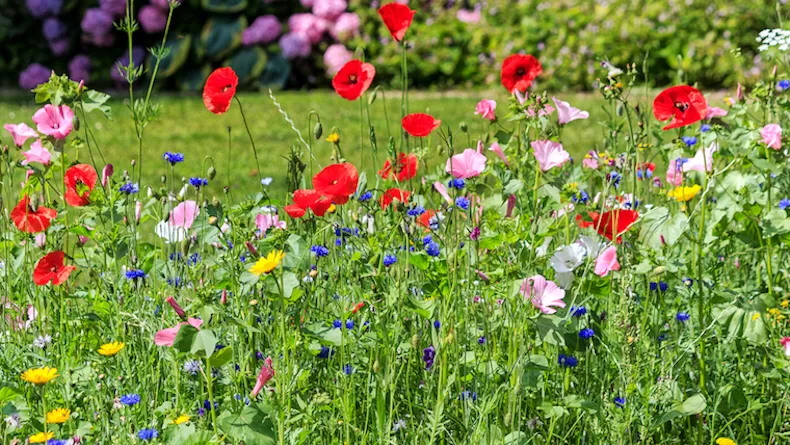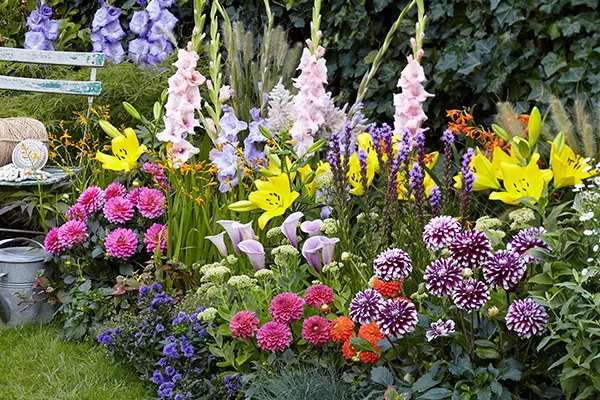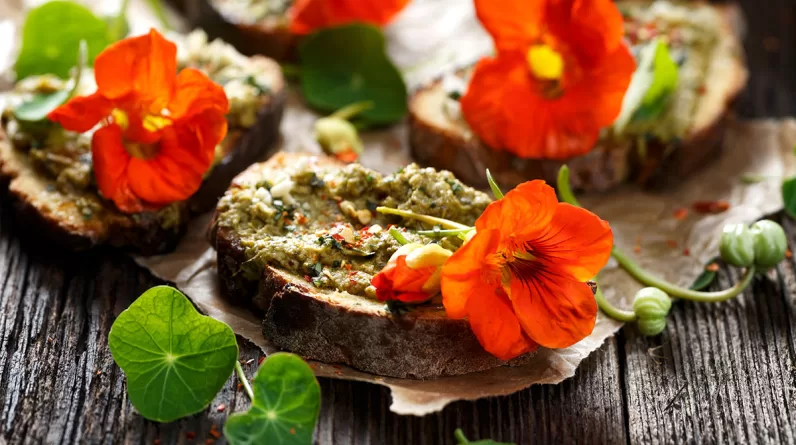Preparing the Soil for Planting Flowers
To have a successful flower garden, you need to start with the right soil. The soil is the foundation that your garden is built upon, so taking the time to prepare it properly will pay off.
Check Your Soil Type
The type of soil you have will determine how much work is needed to get it ready for planting. Do a simple soil test to determine if you have sandy, loamy, or clay soil.
- Sandy soil drains quickly but doesn’t retain moisture or nutrients well. You’ll need to add compost or peat moss to help it hold together.
- Loamy soil is ideal for most flowers. It’s a mix of sand, silt, and clay that provides the right balance of drainage and moisture retention. You may just need to add some compost to enrich it.
- Clay soil holds too much moisture and compacts easily. Add compost, peat moss, and perlite or vermiculite to improve drainage and aeration.
Add Organic Matter
Work 2 to 3 inches of compost or other organic matter like peat moss into the top 6 to 8 inches of soil. This will help loosen compacted soil, improve drainage in clay soil, and add nutrients to enrich the soil.
Adjust pH Level
Most flowers prefer slightly acidic soil with a pH between 6 and 7. If a soil test shows your pH is too high or low, add sulfur or lime to adjust it. The right pH helps flowers absorb the nutrients they need to thrive.
Fertilize
Add a balanced fertilizer, like 10-10-10, at the recommended rate. Fertilizer provides nutrients, like nitrogen, phosphorus, and potassium, to help your flowers grow healthy and produce abundant blooms.
With the proper preparations, your flower garden will get off to a great start. Take the time to build a solid foundation, and you’ll be enjoying a garden filled with colorful blooms in no time.
Selecting the Best Flowers for Beginning Gardeners
Choosing flowers that are easy to care for is key to success as a beginning gardener. Some of the best options for new gardeners include:
Annual Flowers
They grow quickly, produce an abundance of blooms, and do not require maintenance beyond planting and watering. Some great choices are:
Petunias – Available in a variety of colors, petunias are low-maintenance and heat/drought tolerant.
Marigolds – Bright, cheerful marigolds repel insects and deer. They require little care beyond planting and watering.
Zinnias – Colorful, durable zinnias attract butterflies and bloom from summer through fall.
Perennial Flowers
Perennials come back each year, providing color year after year. Some simple perennials for new gardeners are:
Daylilies – Daylilies produce colorful blooms and lush foliage. They spread readily and require little maintenance.
Black-Eyed Susans – Bright yellow black-eyed Susans are deer-resistant, drought-tolerant, and low-maintenance.
Coneflowers – Pink or purple coneflowers are attractive to butterflies and birds. They are deer-resistant, drought-tolerant, and easy to care for.
Bulbs
Spring-flowering bulbs like tulips, daffodils, and hyacinths are easy to plant in fall and bloom with little maintenance in spring. They provide bright, fragrant flowers when little else is blooming. For the easiest care, choose deer-resistant varieties and plant them in a spot with well-drained soil and full sun.
By selecting low-maintenance annuals, perennials, and bulbs suitable for your climate, beginning gardeners can enjoy a colorful, rewarding flower garden with minimal effort. Focus on planting, watering, and occasional fertilizing – the flowers will do the rest! With time, you can build on your success by trying new flowers and more advanced gardening techniques.
Caring for Your Flowers: Watering, Weeding, and Fertilizing Tips
To keep your flowers looking their best, providing the right amount of water, fertilizer, and weeding is key.
Watering
Watering is probably the most important thing you can do for your flowers. Most flowers need about an inch of water per week, so check the soil regularly to make sure it’s moist but not soggy. Water in the morning when possible, as evening watering can lead to disease. For the first few weeks after planting, you may need to water more frequently. Pay attention to your flowers—if they start to droop, they probably need water!
Fertilizing
Fertilizer provides nutrients to help your flowers grow and bloom. Too much fertilizer can burn flowers and damage the roots. Fertilizing will help your flowers reach their full potential and produce more blossoms.
Weeding
Weeds compete with your flowers for water, nutrients, and light. Try to weed your flower bed at least once a week to remove any unwanted plants. Pull weeds out by the root to get the entire plant. Mulching around your flowers will help suppress weeds and reduce the need for frequent weeding.
By regularly watering, fertilizing, and weeding your flower bed, you’ll have the most stunning display of blossoms. Don’t forget to also inspect your flowers frequently for any signs of disease or pests so you can take action quickly if needed. With the proper care and maintenance, you’ll be enjoying your beautiful flower garden all season long!
Protecting Your Flowers: Pest Control and Disease Prevention
To have a successful flower garden, you’ll need to protect your flowers from threats like pests and disease. Preventative measures are key to avoiding issues before they start.
Inspect Regularly
Check your garden frequently, ideally once a week or more. Look for any signs of damage or spots on leaves, drooping plants, or chewed foliage. Catching problems early gives you the best chance of eliminating them. You can also set out beer traps, sugar traps, or vinegar traps to monitor for common pests like slugs, snails, flies, or wasps in your area.
Practice Good Hygiene
• Disinfect your tools to avoid transmitting disease between plants. Wipe them down with a diluted bleach solution or alcohol.
• Remove dead or dying foliage from plants and the garden area. Decaying plant matter attracts pests and diseases.
• Rotate annual flowers each season. Don’t plant the same type of flower in the same spot year after year, as disease pathogens and pests can build up in the soil.
•Crowded plants create a humid environment where pests and diseases thrive.
Use Natural Pesticides and Fungicides
• Spray plants with neem oil or insecticidal soap to control common pests like aphids, spider mites, mealybugs, and whiteflies. Reapply every week or so until they are eliminated.
• Apply copper fungicide or sulfur at the first sign of disease like powdery mildew, rust, or fungal leaf spot. Follow directions to determine how often to reapply.
• Introduce beneficial insects like ladybugs, lacewings, and parasitic wasps which feed on common garden pests. You can often purchase these natural predators to release in your garden.
• As a last resort, apply bacillus thuringiensis (BT) or spinosad, organic pesticides made from bacteria and fungi. Only use when necessary and carefully follow directions.
By making plant health a priority, your flower garden will thrive and provide you with beauty all season long. Take time each week to stroll through your garden, inspecting your flowers and enjoying the fruits of your labor.


